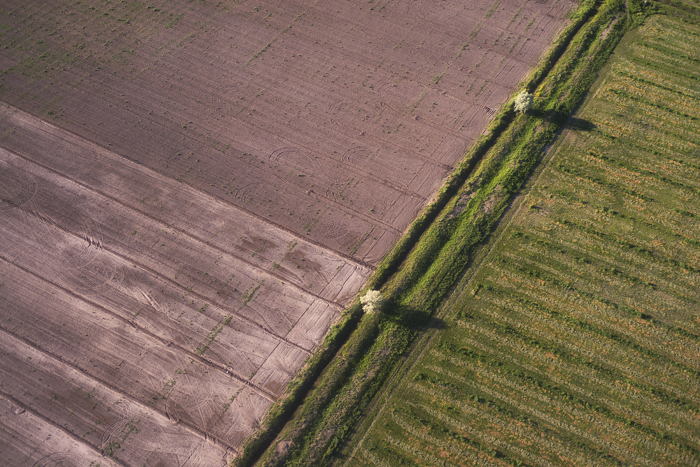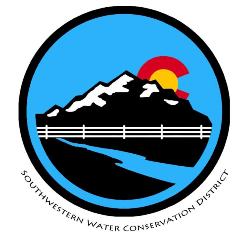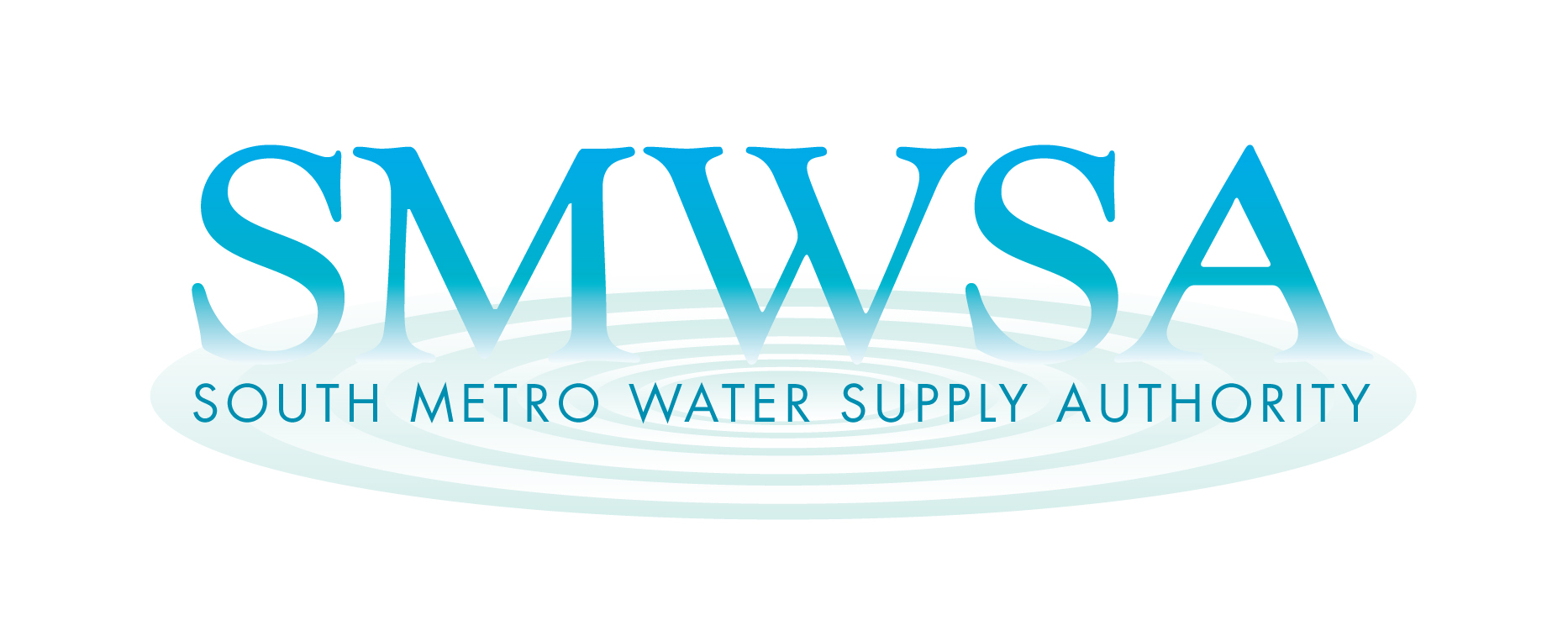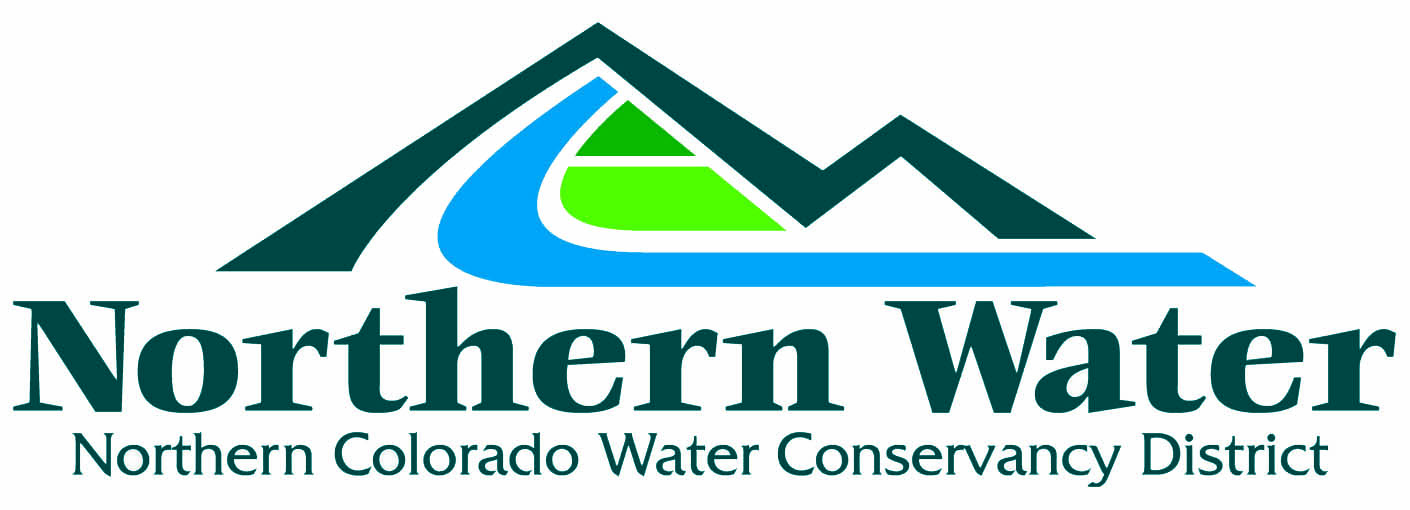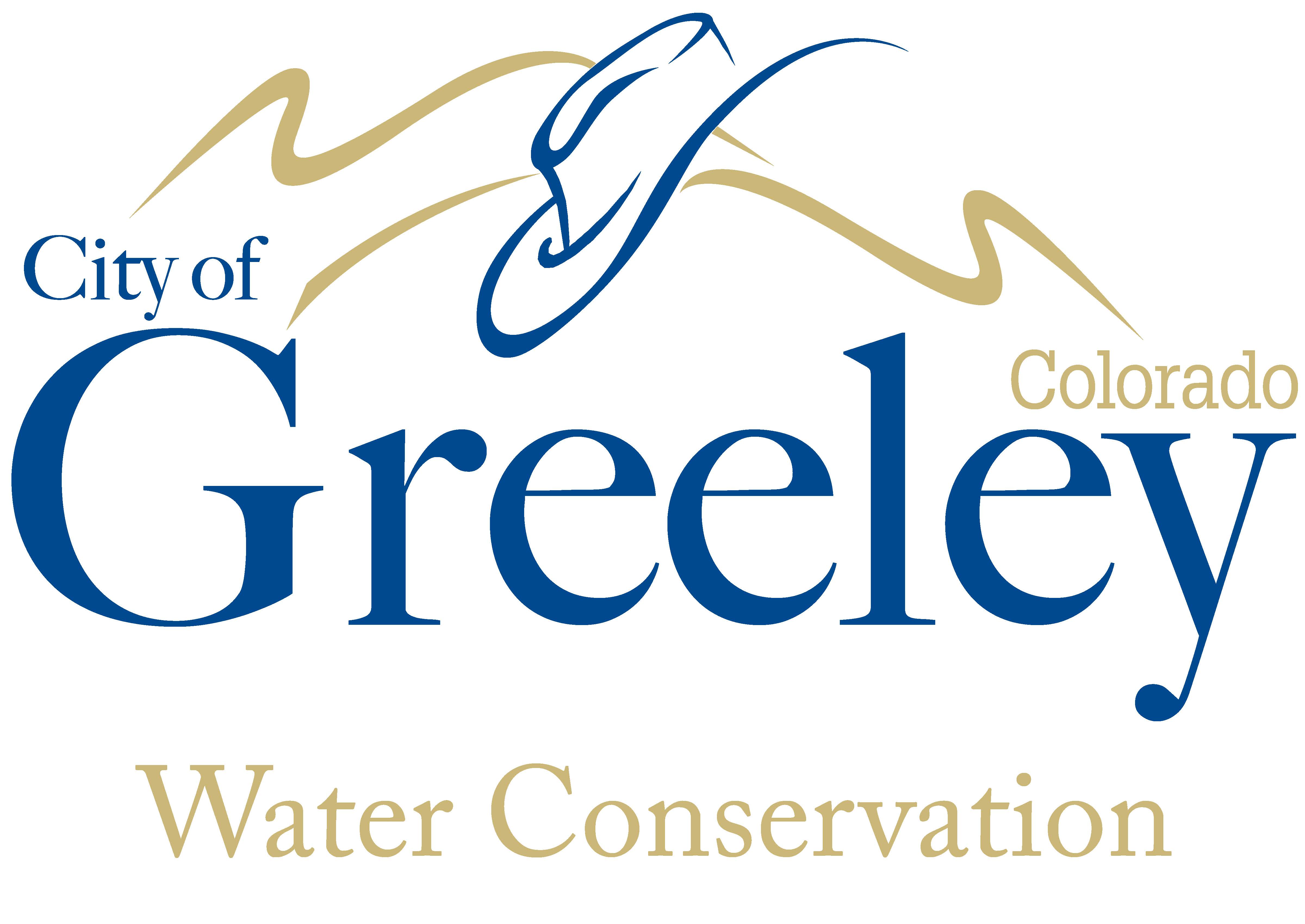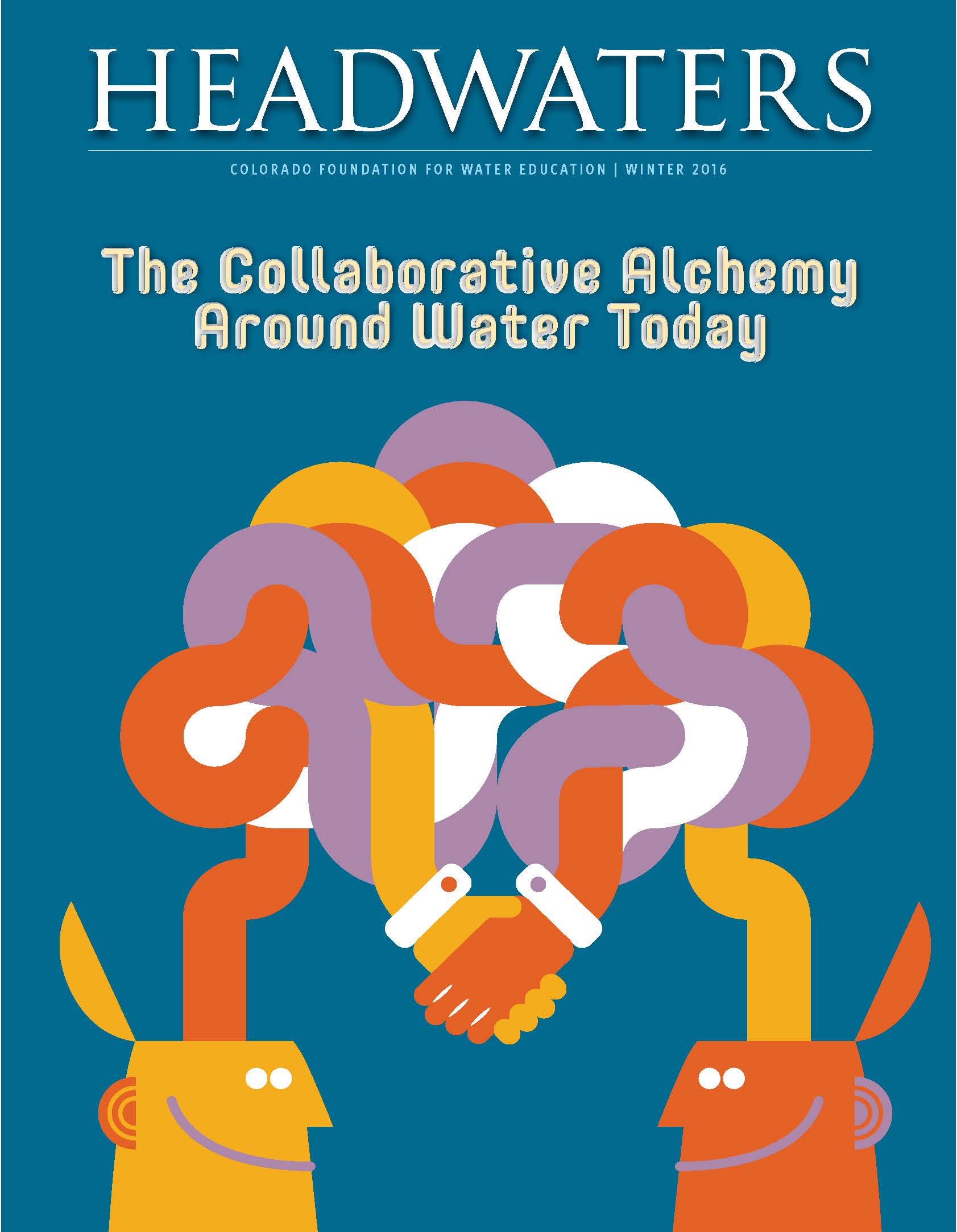 |
In the Winter 2016 issue of Headwaters Magazine, explore today's focus on collaboration in water, and how Coloradans are coming together to forge alliances—and bridge impasses—between disparate interests. Trace the historical transition in Colorado water from conflict-based to collaborative-based approaches, and peer beyond the buzzword to cover the myriad geneses of collaborative efforts unfolding across the state, while also learning best practices for collaborative design. Flip through or download the issue here.
Want to receive Headwaters? This email address is being protected from spambots. You need JavaScript enabled to view it. for a complimentary copy or support Headwaters and water education by donating to the Headwaters Fund or becoming a member of the Colorado Foundation for Water Education.
|
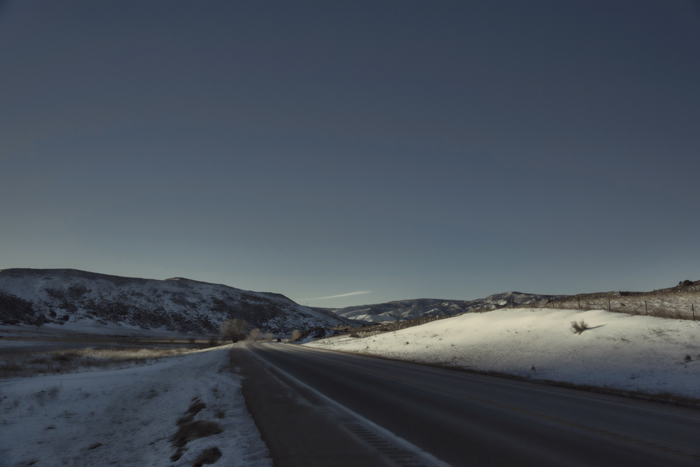 |
| The fate of this stretch of Highway 287 north of Fort Collins, the planned site of the proposed Northern Integrated Supply Project's Glad Reservoir, remains unknown and may depend on its backer Northern Water's ability to address concerns from the opposition. |
By Allen Best
Conflict has been our central water narrative in Colorado. It’s been shovel-wielding neighbor against neighbor, city against farm, Eastern Slope versus Western Slope, and, purely from a Colorado perspective, us versus those water-wasting scoundrels downstream in California, Arizona and Las Vegas. In headlines, for sure, and sometimes in fact, we have always been at war over water.
Water matters, absolutely. We all know that. But is conflict the only way to understand Colorado’s water history—or future? Or might cooperation and its close cousin, collaboration, also help us understand where we’ve come and guide us better through the 21st century? Your computer dictionary will probably use cooperation and collaboration interchangeably, but the Webster Third New International Dictionary suggests a distinction. Cooperation comes with allies, but collaboration especially occurs with an enemy or an opposed group. Parsing collaboration, you find the root word “labor.” To labor requires “expenditure of physical or mental effort, especially when fatiguing, difficult or compulsory.”
Teammates on sporting teams should, at least in theory, be cooperative. But to understand collaboration, a more useful example can be found in legislative bodies. The most successful efforts come when individuals can find the common ground that allows members of different political parties to toil together toward a common goal.
Colorado’s water history has had moments of conflict, cooperation and collaboration. The lone argonaut, stooped in Clear Creek or the Blue River, panning for flecks of gold, was quickly replaced by organized laborers who directed water to hydraulic sluices and then picked minerals away from mines. Cooperation.
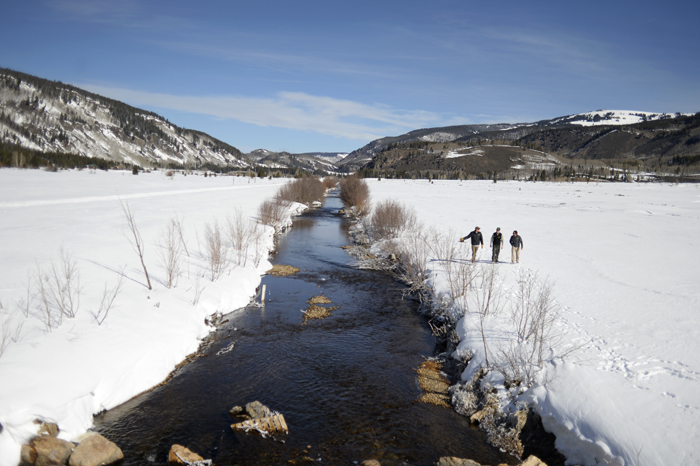 |
|
Collaboration on the restoration master plan at Camp Hale is led by the National Forest Foundation's Marcus Selig (right), shown here with U.S. Forest Service staff Matt Grove (left) and Aaron Mayville (center) as they survey the mainstem of the Eagle River to identify potential future stream alignment options. |
More than a trendy cliché, collaboration as demonstrated by these boots on the ground proves its worth.
By Nelson Harvey
For years, it was a training ground in the art of war, a high elevation base in the Eagle River Valley where an elite World War II fighting force called the 10th Mountain Division learned winter survival skills and the CIA groomed Tibetan guerrilla fighters in the 1960s. Yet today, Camp Hale northwest of Leadville is a training ground in the art of collaboration. A group led by the National Forest Foundation is spearheading a restoration project there aimed at undoing some of the damage caused during the camp’s construction in 1942, when wetlands were filled and the channel of the Eagle River straightened. The effort has united a wildly diverse group of more than 40 stakeholders, from Front Range water providers to mining interests, historical preservation groups, conservation organizations, and even a local sheepherder. Since 2012, these strange bedfellows have been meeting to draft a restoration master plan, now under review by the U.S. Forest Service, that calls for between 200 and 300 acres of wetland restoration and five to seven miles of river improvements.
“Our goal is to design a project that restores the area, preserves the history, and meets the water needs of the Eastern and Western slopes,”says Marcus Selig, Southern Rockies regional director for the National Forest Foundation, who oversaw the drafting of the management plan.
The effort is emblematic of a changing water climate in Colorado. Whether driven by increasingly scarce water supplies, looming and expensive state and federal regulations, competition for limited grant funds, or common interests, Coloradans are collaborating to solve their water problems like never before. The innovative and sometimes unlikely partnerships springing up around the state are well suited for a future of increasing scarcity, where water is stretched between climate change and population growth. Here’s an examination of what’s driving some of the most progressive water-based collaborations around the state.
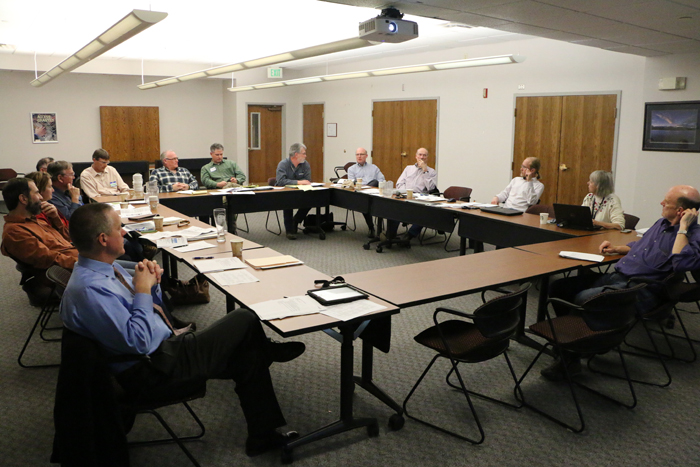 |
| The Poudre Water Sharing Working Group, composed of irrigation companies and domestic water providers, discuss agriculture-urban water sharing strategies in March 2014. Credit: Stephen Smith |
Successful outcomes rely on social science and artful engineering.
By Josh Chetwynd
Even in the best of times it’s difficult to forge a collaborative path when faced with a contentious issue. But in Colorado, where priorities over water use can vary so greatly, reaching consensus can be particularly challenging.
“There are lots of characters in the water business and you are going to end up with some folks who are obstinate,” says Dave Bennett, Denver Water water resources project manager, who has spent more than 30 years dealing with oft-disputed water issues. “Water in Colorado is such a scarce resource and always has been. People are real careful about it, and they can be really defensive about things.”
No two issues are ever exactly the same. But there are some truisms about how to construct a game plan for tackling even the most vexing obstacles and having all parties come away feeling they have achieved a tangible and worthwhile outcome that serves their constituents.
